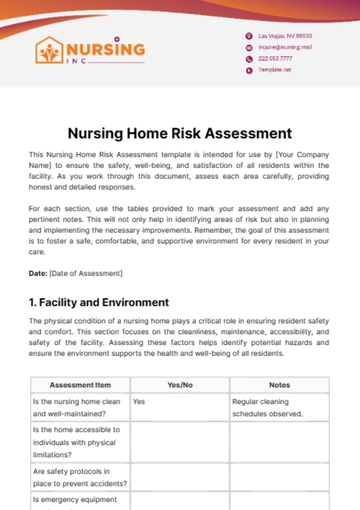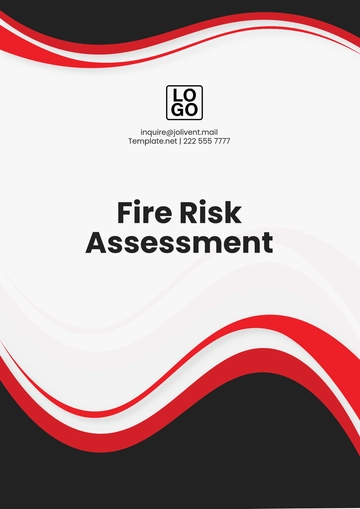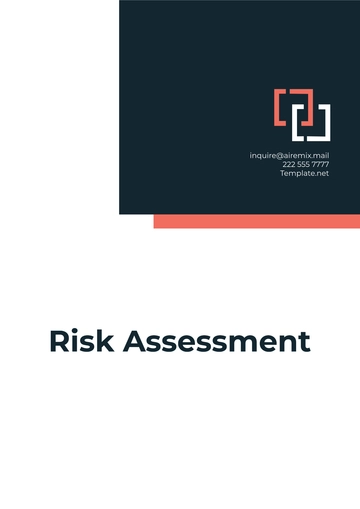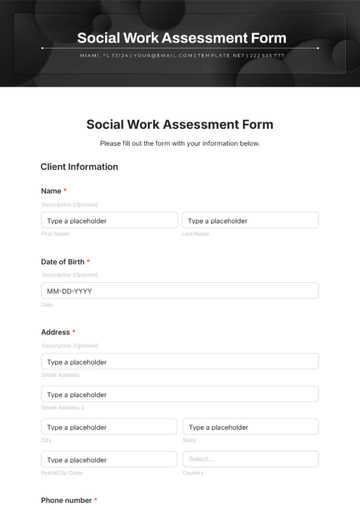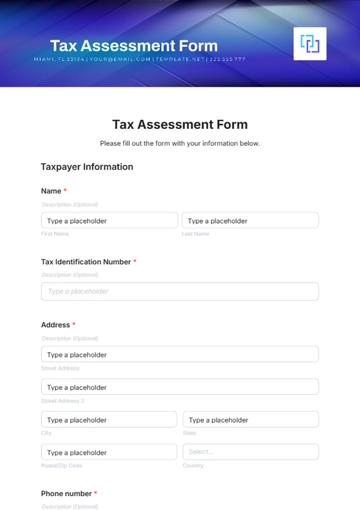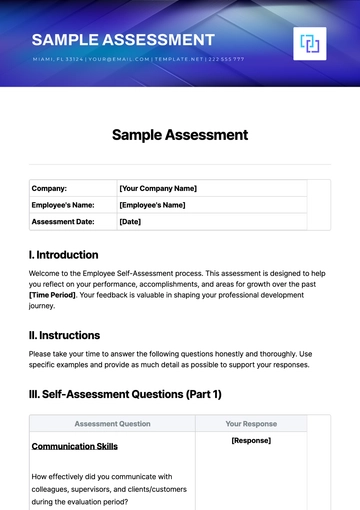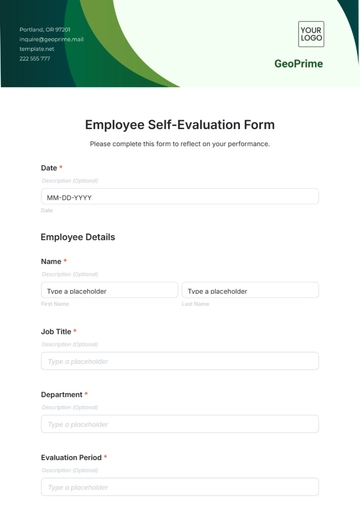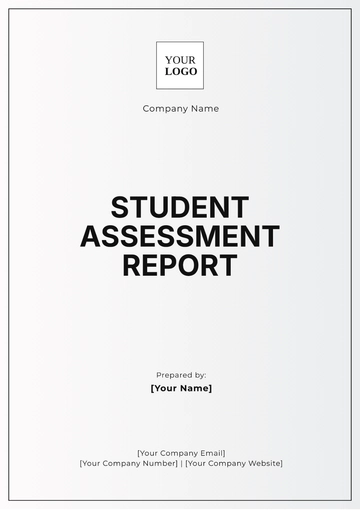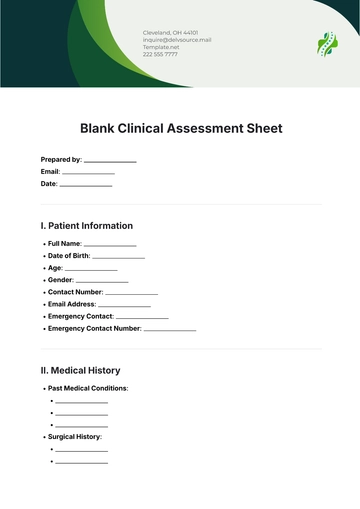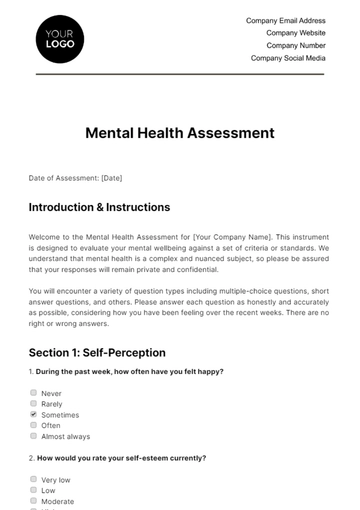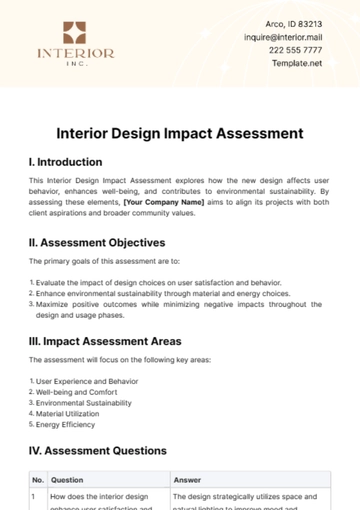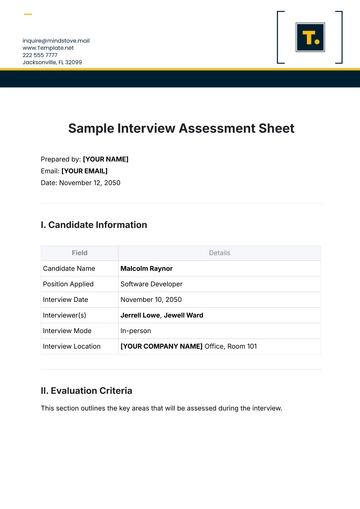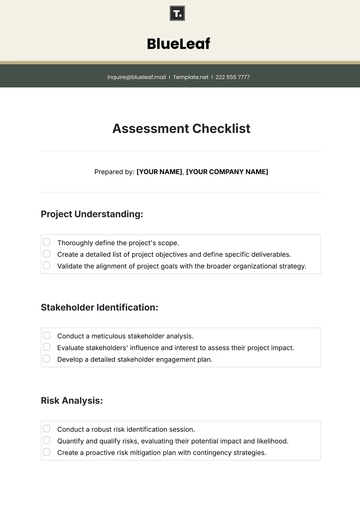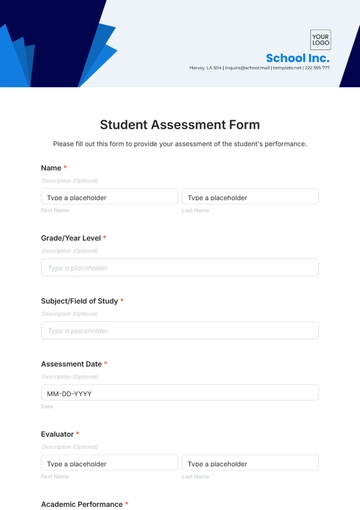Free Financial Budget Assessment

1. Executive Summary
It summarizes key objectives, financial performance, and recommendations for improvement.
Total Budgeted Income: $500,000
Total Actual Income: $480,000
Budgeted Expenditures: $450,000
Actual Expenditures: $470,000
Net Income: $10,000 (Budgeted: $50,000)
2. Revenue Analysis
Revenue Streams: Below is a table summarizing the performance of each revenue stream:
Revenue Stream | Budgeted Revenue (in $) | Actual Revenue (in $) | Variance (in $) |
Product Sales | |||
Service Income | |||
Licensing Fees | |||
Other Revenue Sources | |||
Total Revenue |
Growth Trends: The table below summarizes the growth trends:
Revenue Stream | Growth Rate (%) |
Product Sales | |
Service Income | |
Licensing Fees | |
Other Revenue Sources | |
Total Revenue |
Variance Analysis: The table below breaks down the variances by revenue stream:
Revenue Stream | Actual Revenue (in $) | Budgeted Revenue (in $) | Variance (in $) |
Product Sales | |||
Service Income | |||
Licensing Fees | |||
Other Revenue Sources | |||
Total Variance |
3. Expenditure Analysis
Cost Breakdown: The table below summarizes the cost breakdown:
Cost Category | Budgeted Cost (in $) | Actual Cost (in $) | Variance (in $) |
Personnel Expenses | |||
Operations Costs | |||
Marketing Expenses | |||
Capital Expenditures | |||
Total Expenditure |
Budget Compliance: The table below provides an overview:
Cost Category | Budgeted Cost (in $) | Actual Cost (in $) | Variance (in $) |
Personnel Expenses | |||
Operations Costs | |||
Marketing Expenses | |||
Capital Expenditures | |||
Total Variance |
4. Investment Assessment
Investment Performance: The table below provides an overview:
Investment Name | Initial Investment (in $) | Current Value (in $) | ROI (%) |
Project A | |||
Project B | |||
Total Investment |
ROI Analysis: The table below summarizes the ROI analysis:
Investment Name | ROI (%) |
Project A | |
Project B | |
Total ROI |
5. Conclusion
Moving forward, a more proactive approach to budgeting and financial forecasting will ensure that the organization or individual stays on track to meet their financial goals.
Assessed by:
[Date]
- 100% Customizable, free editor
- Access 1 Million+ Templates, photo’s & graphics
- Download or share as a template
- Click and replace photos, graphics, text, backgrounds
- Resize, crop, AI write & more
- Access advanced editor
Introducing Template.net's Financial Budget Assessment Template. Editable and customizable, it provides a comprehensive analysis of your budgetary needs. With our AI Editor Tool, tailor your assessment effortlessly, ensuring accuracy and efficiency. Streamline financial planning, identify areas for improvement, and achieve fiscal success with Template.net's innovative solutions.


